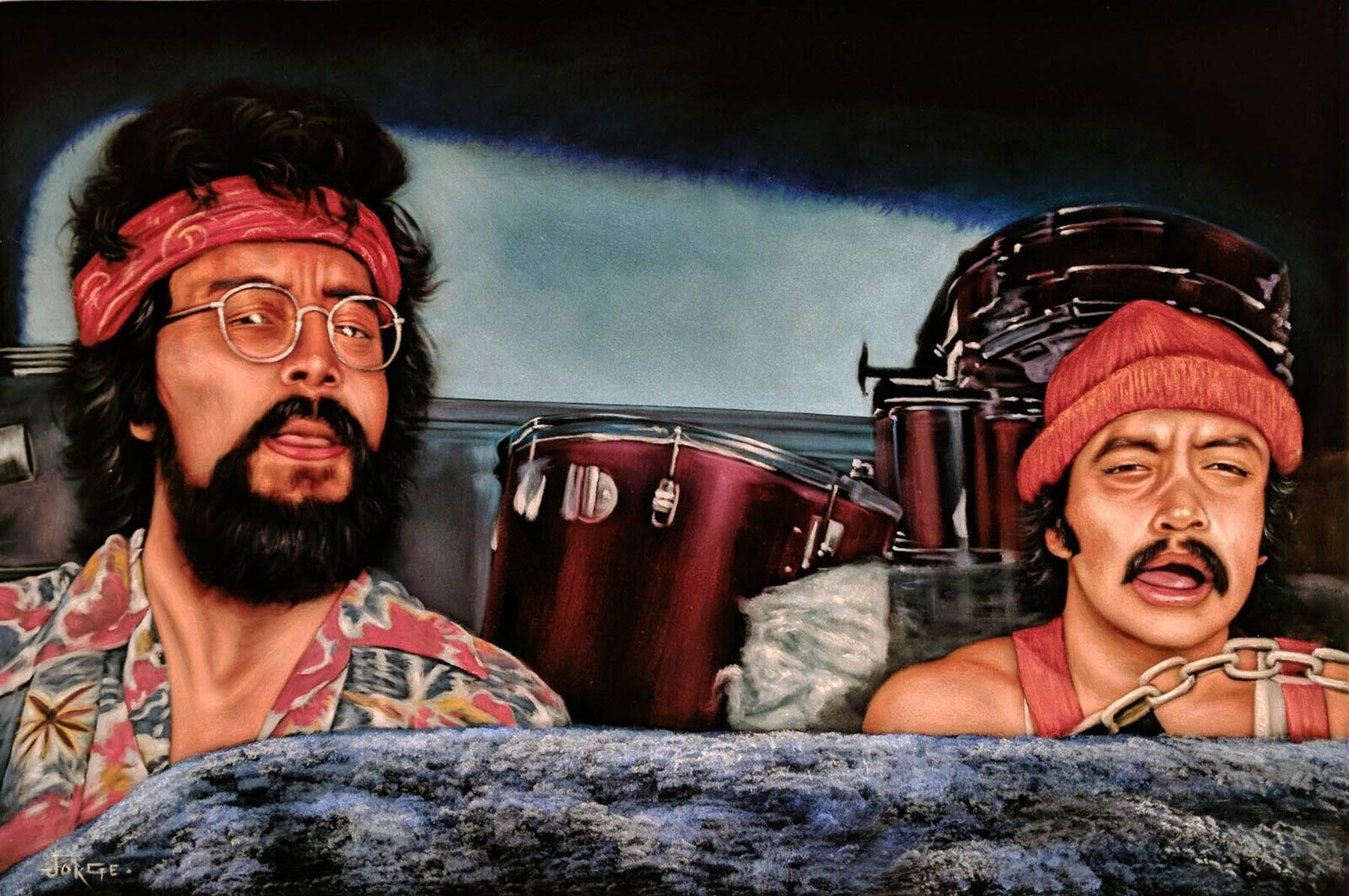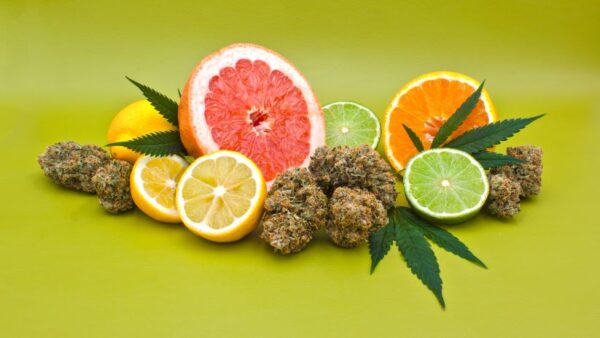The Dynamic Relationship Between Cannabis and Pop Culture
Cannabis has had a significant presence in film and pop culture, reflecting changing attitudes and societal perceptions over the years. This journey from stigmatization to normalization has shaped the way cannabis is portrayed in the media.
Early Representations: Stigmatization and Misinformation
Reefer Madness Era:
- “Reefer Madness” (1936): This infamous film portrayed cannabis as a dangerous drug, fueling hysteria and misinformation.
- Stoner Stereotypes: Early depictions often cast cannabis users as lazy, unmotivated individuals reinforcing negative stereotypes.
Counterculture Movement: Cannabis as a Symbol of Rebellion
1960s and 1970s:
- “Easy Rider” (1969): The film depicted two bikers traveling through America, exploring freedom and challenging societal norms, with cannabis playing a prominent role.
- Anti-Establishment Themes: Cannabis became a symbol of rebellion against the establishment, reflecting the counterculture movements of the era.
Shifting Perceptions: Cannabis in Comedy
1980s and 1990s:
- “Cheech and Chong” Films: The iconic comedy duo embraced cannabis culture, portraying humorous and relatable cannabis users.
- Mainstream Acceptance: Cannabis began to appear more frequently in mainstream comedies, shedding the stigma and presenting it as a recreational choice.
Normalization and Medical Cannabis
21st Century:
- “Harold & Kumar Go to White Castle” (2004): This film featured two friends on a quest for fast food, highlighting cannabis use in a lighthearted and normalized way.
- Medical Cannabis: As cannabis gained recognition for its therapeutic potential, films and TV shows began to explore its medical applications, contributing to its destigmatization.
Complex Representations: Modern Takes on Cannabis
Diverse Perspectives:
- “Weeds” (2005-2012): This TV series explored the life of a suburban mom-turned-cannabis dealer, offering a nuanced portrayal of the cannabis industry.
- “Pineapple Express” (2008): Blending action and comedy, this film featured cannabis as a plot device, combining humor with adventure.
Impact and Future Perspectives
Shaping Attitudes:
- Changing Perceptions: The evolving representations of cannabis in media have played a role in shifting public attitudes toward cannabis legalization and acceptance.
- Diversity and Inclusion: As cannabis continues to gain acceptance, there is a growing call for more diverse and inclusive representations in film and pop culture.
Conclusion: The Power of Representation
The journey of cannabis in film and pop culture reflects the broader evolution of societal attitudes toward this plant. From stigmatization to normalization, the changing representations have contributed to reshaping public perceptions and challenging stereotypes. As cannabis becomes increasingly integrated into mainstream society, its portrayal in media will continue to play a pivotal role in shaping the future of cannabis culture.






